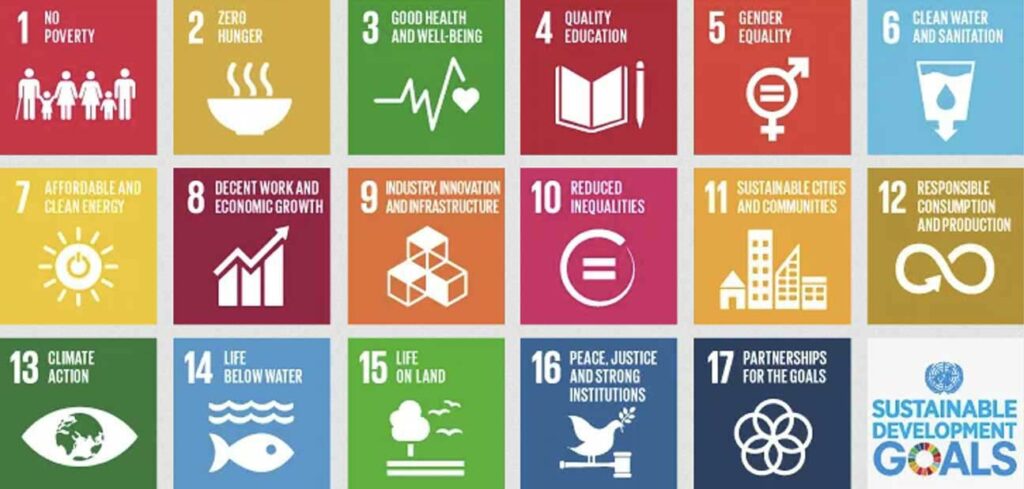
heritage@mindful-breathing.com
… of the threefold Asian heritage, by informing about its special facets including specifically Asian achievements, and thereby simultaneously supporting Asian identity. Transgressing Asian borders, the website intends to call for and strengthen an awareness of the cultural significance of fragrances probably for all communities since the beginning of human mankind.
… for the wealth of olfactory phenomena in nature, by hinting at the existence of this treasury and suggesting methods of how to connect with it.
… for the exceptional potential of natural aromatics, by mentioning health benefits of their selective, sustainable use.
… by emphasizing the beauty and value of perfumery on the one side, the flora’s frequent threat with extinction and dependence from an intact global ecological equilibrium on the other side.
… by encouraging local users, producers, health professionals, spiritual masters, and others, to respond to this project, and supporting research by offering links, or rather informing about gaps of knowledge.

The Sustainable Development Goals (SDGs) present a collection of 17 interlinked global goals designed to be a ‘blueprint to achieve a better and more sustainable future for all’. They were set in 2015 by the United Nations.
Perfumery does not only, but especially concern the following goals:
End poverty in all its forms everywhere.
The production and refinement of aromatic substances has been a means of livelihood for innumerable local stakeholders.
Ensure healthy lives and promote well-being for all at all ages.
Aromatics have made up the means of naturopathic healthcare and traditional medicine for centuries.
Ensure inclusive and equitable quality education and promote lifelong learning opportunities for all.
Perfumery has been deeply intermingled with high education – concerning the knowledge of poetry, cultural history, geography and biology, medicine and pharmacy, and neuro-psychological techniques of intuitive perception.
Ensure sustainable consumption and production patterns.
Aromatics have been valuable in many regards, and their value calls for thoughtful consumption – consuming as much of them as it is necessary for therapeutic goals, but not more than nature produces.
Protect, restore and promote sustainable use of terrestrial ecosystems, sustainably manage forests, combat desertification, and halt and reverse land degradation and halt biodiversity loss.
Many key aromatics, as well as innumerable fragrant plants in general, are endangered or threatened with extinction. On the other side, their industrial mass cultivation and mass production puts its stamp on agricultural fields nowadays.
As this project aims to establish an intercultural discussion and look at cultural arts beyond the Western borders, it has been necessary to (re-) define keywords.

The following publications may give a first glimpse of Asian perfumery arts and simultaneously reflect the character of this project’s intended unbiased approach to Asian traditions.
Article: Perfumery in Asia. Reflections upon the Natural, Cultural and Intangible Heritage. (2015)
Exhibition catalogue: Das Parfumerbe Asiens / The Perfumery Heritage of Asia (Bonn/Germany, 2015–2016)
A list of links offers you a multitude of starting points to dive into perfumery studies.
© 2021, dr. phil. dinah jung, hp. alle rechte vorbehalten. all rights reserved. www.mindful-breathing.com.